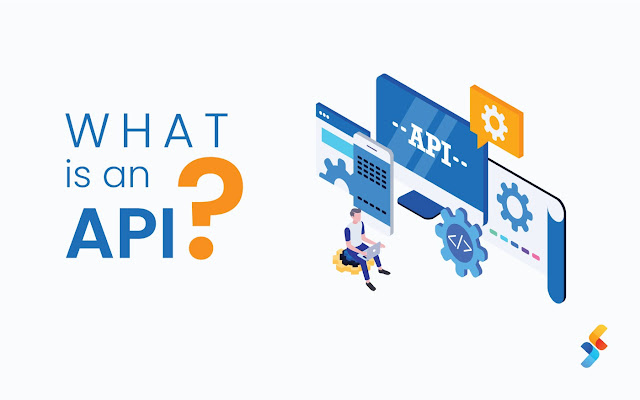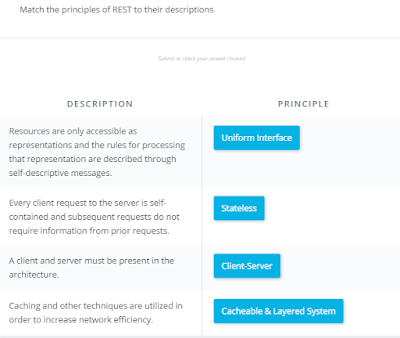What are APIs?
What are APIs?
- If you look up the term API, you'll probably find a number of definitions—some of which are rather difficult to understand.
- But the key underlying idea is in the name—Application Programming Interface.
- An API is an interface.
- It's something that has been created to help two different systems interact with one another.
- A key idea to remember is that API functionality is defined independently of the actual implementation of the provider.
- Essentially, you don't need to understand the entirety of the application implementation in order to interact with it through the API.
Application programming interfaces APIs:
1- It doesn't expose the implementation to those who shouldn't have access to it.
2- The API provides a standard way of accessing the application.
3- It makes it much easier to understand how to access the application's data.
How do APIs Work?
Client-Server Communication:
- When you got to a bank, the bank teller acts as an intermediary or interface between you and the bank vault.
- And this is the same type of relationship we see in client-server communication.
- The user or client makes a request to the API server, which parses the requests, queries the database, formats a response, and then sends it back.
Here is the process listed out:
1- The client sends a request to the API server.
2- The API server parses that request.
3- Assuming the request is formatted correctly, the server queries the database for the information or performs the action in the request.
4- The server formats the response and sends it back to the client.
5- The client renders the response according to its implementation.
Internet Protocols (IPs):
- Internet Protocol (IP) is the protocol for sending data from one computer to another across the internet.
- Each computer must have a unique IP address that identifies it from all other computers connected to the internet.
There are many other internet protocols including:
- Transmission Control Protocol (TCP) is used for data transmission.
- Hypertext Transmission Protocol (HTTP) is used for transmitting text and hyperlinks.
- File Transfer Protocol (FTP) is used to transfer files between server and client.
RESTful APIs:
- REST stands for Representational State Transfer, which is an architectural style introduced by Roy Fielding in 2000.
Here's a short summary of the REST principles:
- Uniform Interface: Every rest architecture must have a standardized way of accessing and processing data resources.
- This includes unique resource identifiers (i.e., unique URLs) and self-descriptive messages in the server response that describe how to process the representation (for instance JSON vs XML) of the data resource.
- Stateless: Every client request is self-contained in that the server doesn't need to store any application data in order to respond to subsequent requests.
- Client-Server: There must be both a client and server in the architecture.
- Cacheable & Layered System: Caching and layering increase networking.
Why RESTful are stateless?
- It might appear easier to design a server that isn't stateless.
- There is a reason why RESTful web servers are not allowed to remember anything about the previous requests that the user has sent.
- In short, stateless servers make your applications scalable.






Comments
Post a Comment